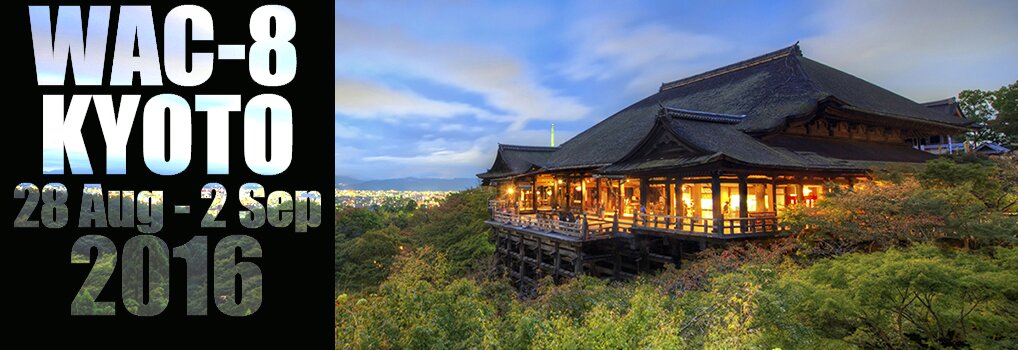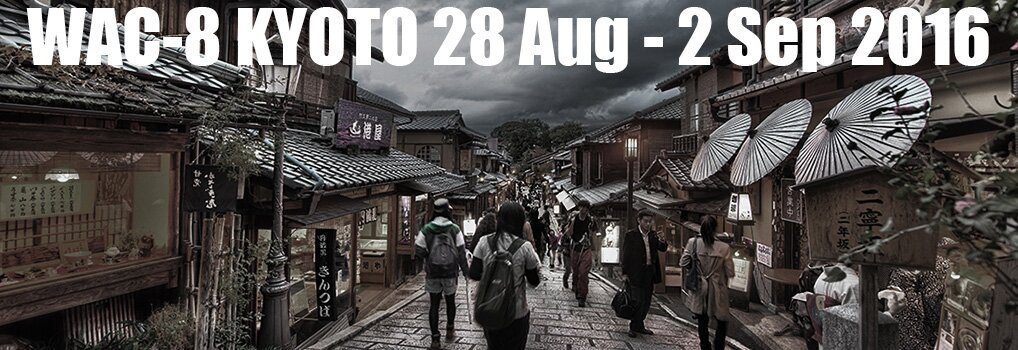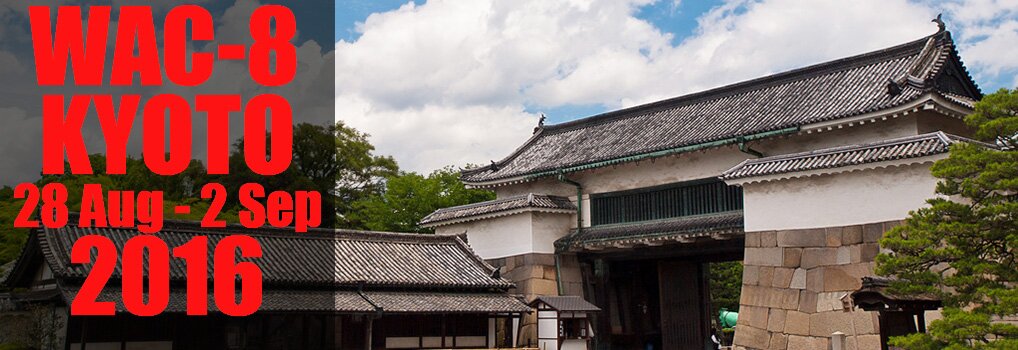Post-tour:
Living Ainu Culture and Prehistoric sites in Hokkaido

Ainu traditional dance
Course: The Ainu Museum in Shiraoi, Kitakogane Shell Midden, Noboribetsu Hot spring (accommodation), Biratori Ainu Museum complex, Traditional Ainu Folk Crafts, Kiusu Jomon mound.
Meeting time / place: 9:00 a.m. / Osaka International Airport (ITM)
Transportation: Airplane (JAL) and Bus
Time: 3rd Sept 10:10 – 5th Sept 19:50 (Three Days and Two Nights)
Cost: JPY 132,000 (One person per room) / JPY 230,000 (Two persons per room)
Leader(s): Hirohumi Kato
Contact: 243hideyuki(at)gmail.com (H.Onishi)
Passenger capacity: 50 (Minimum number: 20)
About Hokkaido and Ainu culture
The Ainu are the indigenous peoples of Northern Japan. Ainu culture was geographically and culturally divided between Hokkaido, the Kurile Islands and Sakhalin. They were called “Hokkaido Ainu”, “Kurile Ainu” and “Sakhalin Ainu”. Most Ainu now live in Hokkaido and has been confirmed that a small number Ainu people now live on Sakhalin Island, Russia.
The Ainu Museum in Shiraoi:
The Ainu culture village, which was originally in Shiraoi’s urban district, was moved and restored on the shores of Lake Poroto in 1965 to form this outdoor museum to preserve and exhibit the Ainu’s cultural assets. The facilities include five Chise (a thatched house), a museum, a botanical garden and an animal barn. This museum is popularly known as Porotokotan, which means a large lakeside village.

Excavation by the citizens
This is a settlement site with shell middens dating to the Early Jomon period (approx. 5,000–3,500 BC). It is located on a tongue-shaped plateau facing Funka Bay at the southernmost point of Date City, Hokkaido.
The entire site is well preserved, and shells including common orient clams, oysters and scallops as well as the bones of fish such as tuna, flounder and other kinds of fish, and those of sea animals such as seals and whales, have been excavated from the shell middens, indicating a coastline lifestyle dependent on fishing. The excavated human bones have been well preserved, and served as standard material for research of archaeological human remains. They are used for research to clarify the origin of people in Hokkaido and are compared with the Jomon people in the mainland Honshu.

Exhibition of Historical Museum of the Saru River
Biratori Ainu Museum complex:
Nibutani, or Niptani (in Ainu), is a district in the town of Biratori in Hokkaido, Japan. A particularly large proportion of the population of the district is of the Ainu ethnicity. It is also the site of three Ainu museums. There are Historical Museum of the Saru-river, Nibutani Ainu Cultural Museum and Kayano Shigeru Nibutani Ainu Museum
Traditional Ainu Folk Crafts:
On March 8, 2013 the Nibutani Biratori handicrafts of Nibutani-ita (wooden trays) and Nibutani-attus (textiles made from tree bark) became the first handicrafts from Hokkaido Prefecture to be designated as Traditional Craft Industries by the Ministry of Economy, Trade and Industry. Traditional craft items are designated by the Minister of Economy, Trade and Industry under the Act on the Promotion of Traditional Craft Industries. Here, tourist can visit each ateliers and buy their craft works.
Kiusu Jomon Burial Mound:
This is a group of communal graves that was constructed on a slope at an altitude of 15 to 20 m northeast of Chitose City, Hokkaido, in the latter half of the Late Jomon period (approx. 1,200 BC). A large torus-shaped earthwork was made by digging a circular pit and piling the dug soil around the pit. Several graves within such an earthwork compartment constitute one earthwork burial circle. The Kiusu Earthwork Burial Circles consist of eight such circles in a designated area of approximately 4.9 ha. Their diameter ranges from 18 to 75 m, the distance from the top surface of the circular earthworks to the bottom of the pits is 1 to 5.4 m, and the amount of soil dug up to construct Earthwork Burial Circle 2 is estimated to have reached a maximum of 3,400m3. There are several burial pits in each of the circular earthworks, some of which have standing stones.
Accommodation and Meals:
All meals, which are the 1st-3rd days’ lunches, the 1st and 2nd days’ dinners and the 2nd and 3rd days’ breakfast, are included. We will stay at the Noboribetsu hot spring at the first night. And the second night’s stay is planned at Tomakomai city.
Schedule:
3th September (Saturday)
- 9:00 am Meet at Osaka international airport (ITM)
- 11:10 am Departure from ITM / 11:55 am Arrive at New Chitose Airport (CTS)
- 14:30 pm The Ainu Museum in Shiraoi
- 17:30 pm Stay at The hotel Mahoroba in the Noboribetsu hot spring
4th September (Sunday)
- 8:00 am Departure from the hotel
- 9:00 am
- 15:00 pm Biratori Ainu Museum complex
- 19:15 pm Stay at Grand Hotel Newoji in Tomakomai
5th September (Monday)
- 8:00 am Departure from the hotel
- Site seeing in Sapporo city
- The Kiusu Earthwork Burial Circles(to be determined)
- 17:55 pm Departure from CTS / 19:50 pm Arrive at ITM (Break up)
Note:
If you need a place to stay both 2nd and 5th September, you can select a hotel around Osaka international airport as an option. If you individually make a hotel reservation by yourself, please contact the person in charge regarding a name of your hotel or a place to stay.
Contact: h-kato(at)let.hokudai.ac.jp
Application form











